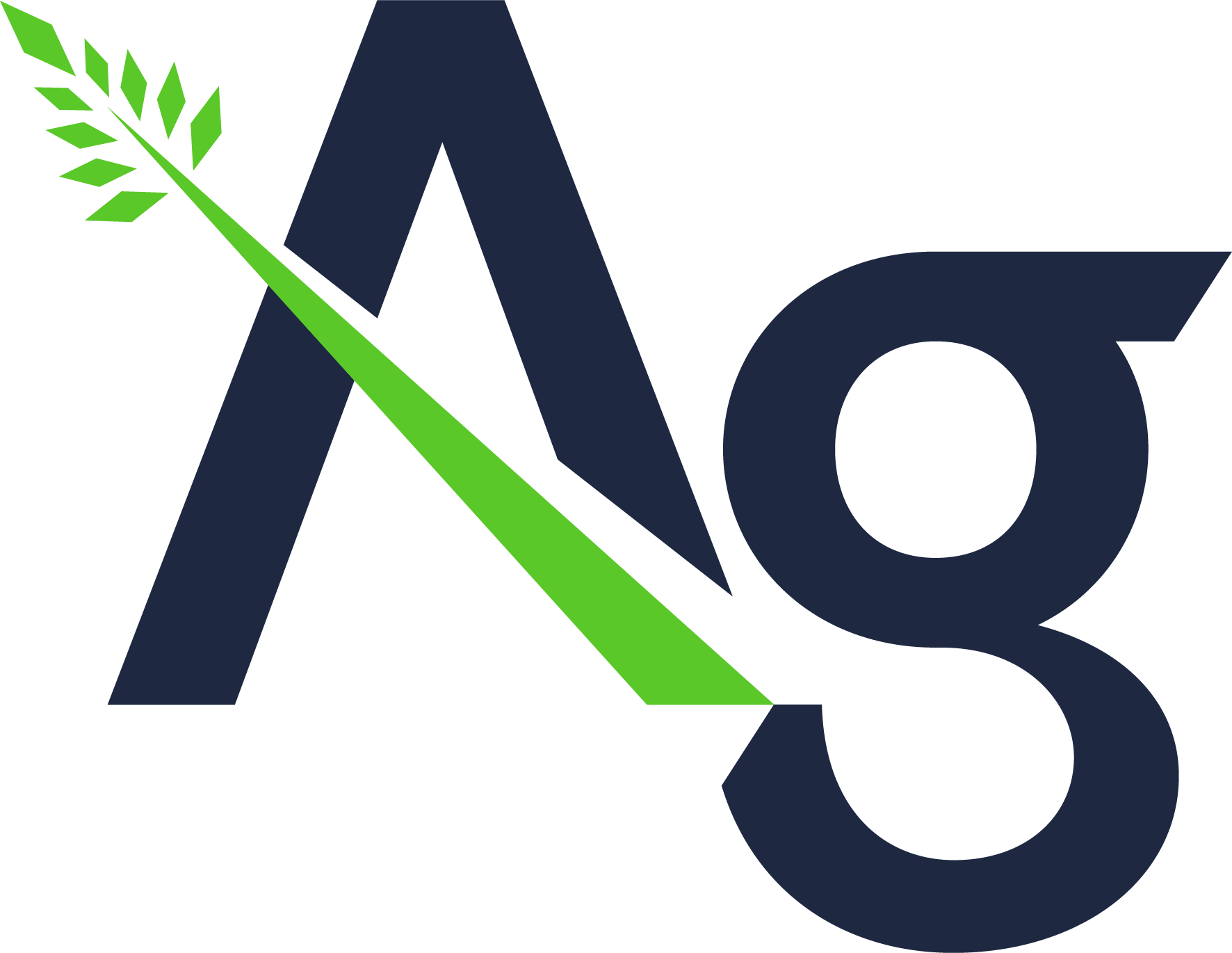Russian Barley Conquers the Arab World
Reading time: 2 minutes
In 2021, the global Barley harvest area reached 48.6 million hectares. The European Union had 10.3 million hectares, accounting for 21.3% of the worldwide proportion, followed by Russia, with a Barley harvest area of 7.7 million hectares. The Russian Barley area is concentrated in chernozem and chestnut soil. The “black soil belt,” fertile land resources, and abundant water resources provide favorable conditions for Barley production, making Russia one of the prominent Barley-producing countries in the world.
According to AgFlow data, Russia exported 3.6 million tons of Barley in 2022. The largest market was Iran (1.4 million tons), followed by Turkey (0.5 million tons), Libya (0.5 million tons), and Saudi Arabia (0.4 million tons). The following destinations were Egypt, Lebanon, Israel, the United Arab Emirates, Morocco, etc.
The global Barley yield rate in 2021 was 2.99 tons/ha, a decrease of 0.02 tons/ha compared to 2020. Among them, New Zealand has the highest output rate of 7.36 tons/ha. New Zealand’s agricultural development has been highly mechanized, with apparent specialization and intensive operation. The yield per unit area is relatively high, and the agricultural labor productivity is very high. The output rate was 6.71 tons/ha and 6.17 tons/ha, followed by Chile and Switzerland.
Barley is native to the Mesopotamian plains in the Middle East. Later, the planting area has been continuously expanded, and now it has been distributed to all corners of the world. Compared with wheat, which has higher requirements in the planting environment, Barley has the advantages of cold resistance, drought tolerance, and salt-alkali tolerance. It does not have high requirements for the growth environment. At the same time, the growth cycle is shorter, and it matures earlier than wheat. Therefore, it is planted all over the world. In recent years, frequent occurrences of extreme drought and high temperatures have affected Barley yields.
In 2021, Barley production was 145 million tons, and the 2022 Barley production is expected to be 146 million tons. The largest Barley-producing area in 2021 was the European Union, with a production of 52 million tons. Followed by Russia, Australia, and Ukraine, the output is 12%, 9%, and 7%, respectively. Animal husbandry is an essential industry in Europe. Barley grains are rich in crude protein and fiber, a suitable feed for cattle and sheep. Nearly 70% of Barley grown in Europe is used as feed. The winemaking industry in Europe is also very developed. The wine made from Barley has a high sugar content and a rich and fragrant taste. It is recognized as the most suitable grain for winemaking, and its consumption accounts for nearly 30% of the total production. Ukraine has one of the world’s three significant black lands, the Ukrainian Great Plains. The quality of grain is good, called the “granary of Europe.” The Barley output in 2021 was 9.9 million tons.

Global Barley Stocks and Consumption
The increase in global Barley consumption has exceeded the increase in supply, resulting in an overall downward trend in global Barley stocks. The initial stock in 2021 was 20.3 million tons, and the ending stock was 16.8 million tons.
Global Barley consumption in 2021 was 147 million tons, down 14 million tons from 2020. Among them, the EU has the highest consumption at 45.3 million tons, followed by Russia and China at 14.1 million tons and 11.6 million tons, respectively. China’s Barley mainly relies on imports. In 2021, China’s Barley imports were 8.5 million tons. According to Chinese customs statistics, the main imports come from France, Canada, Ukraine, Argentina, and other regions.
Other sources: K. SINA
Try AgFlow Free
Access Free On Updates for Corn, Wheat, Soybean,
Barley, and Sunflower Oil.
No Credit Card Required & Unlimited Access In Time

